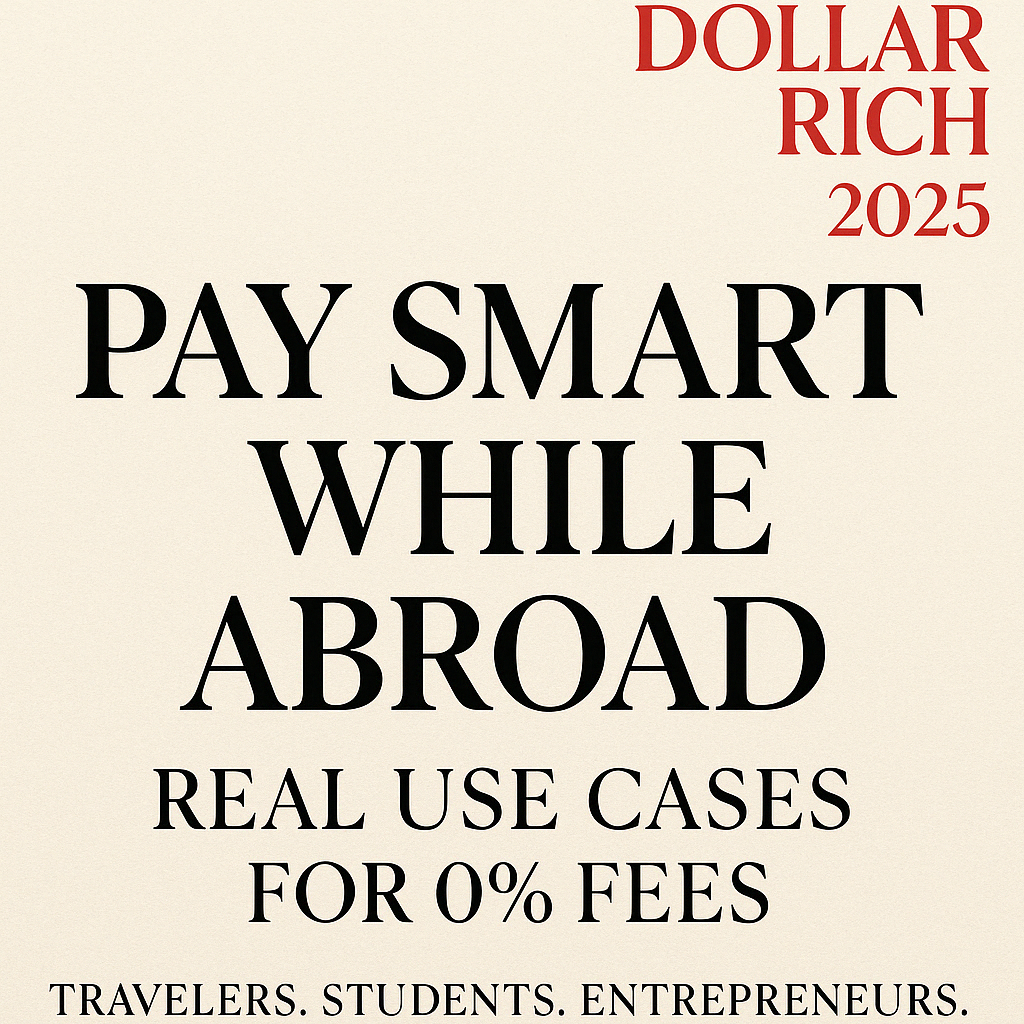Introduction
Not all visitors to Korea spend money the same way. A traveler’s needs differ from those of an international student or a business visitor. To truly optimize your money while in Korea, you must adapt your payment strategy to your specific situation. In this guide, we’ll break down practical, real-world payment tactics for three key groups: tourists, students, and business travelers.
Traveler Payment Strategy
Focus: Hotels, Restaurants, Shopping
As a traveler, your major expenses will center around accommodations, dining, entertainment, and shopping.
- Credit Card Priority
Use a no-foreign-transaction-fee credit card for hotels, major restaurants, department stores, and tourist attractions. Korea’s payment infrastructure is highly card-friendly in these sectors. - Small Cash Reserve
Keep around 100,000 KRW ($75) on hand for small markets, street food, taxis (especially in rural areas), and public transportation when necessary. - T-Money Card for Transportation
Purchasing and topping up a T-Money card at a convenience store will make subway and bus rides cheaper and more convenient. - Tax Refunds for Tourists
For purchases over 30,000 KRW at tax-free stores, save your receipts. You can reclaim VAT at the airport before departure.
Student Payment Strategy
Focus: Housing, Utilities, Mobile Bills
International students staying long-term in Korea need a stable and sustainable payment setup.
- Monthly Housing Payments
- If paying for a dormitory, a credit card or bank transfer is usually accepted.
- For private apartments, cash payments are often expected; setting up a Korean bank account is advisable.
- Utilities and Mobile Phones
- Korean SIM cards can be pre-paid or post-paid. Most post-paid plans require a Korean bank account.
- Utility bills (electricity, water, gas) are often paid via Korean bank auto-transfer or convenience store payment.
- Day-to-Day Expenses
- Most cafes, restaurants, and bookstores accept international cards (Visa, Mastercard).
- T-Money card for transportation is essential.
- Online Shopping
Many Korean e-commerce sites accept global payment systems, but creating a Korean PayPal or bank-linked payment method can make life much easier.
Business Visitor Payment Strategy
Focus: Hotels, Meals, Transport, Business Expenses
Business travelers typically have higher-value transactions and may require documentation for expense reimbursement.
- Premium Credit Cards
Use premium Visa or Mastercard credit cards that offer strong travel insurance, purchase protection, and reward points. - Hotel and Dining
Always request itemized receipts for hotel stays and business dinners to simplify company reimbursement processes. - Business Taxis and Airport Transfers
Taxis, KTX high-speed trains, and airport limousine buses accept cards. Receipts are available on request—be sure to collect them. - Expense Management Apps
Use apps like Expensify or Concur to scan and organize receipts immediately to avoid end-of-trip confusion.
Common Payment Tips for Everyone
- Save Receipts
Especially important for tax refunds, business expenses, and dispute resolutions. - Pay in Korean Won
Always opt for payment in KRW, not USD, when given the option at checkout to avoid Dynamic Currency Conversion (DCC) fees. - Mix Cards and Cash Wisely
Maintain a balance: major expenses by card, small daily purchases with cash.
Conclusion
Whether you’re a tourist, a student, or a business visitor, customizing your payment strategy to match your lifestyle is key to maximizing value while in Korea. By knowing when and how to use cash, credit cards, and smart payment systems, you’ll spend less, gain more rewards, and enjoy a smoother experience overall.
Master the art of payment, and make your Korean journey a financially smart one.

